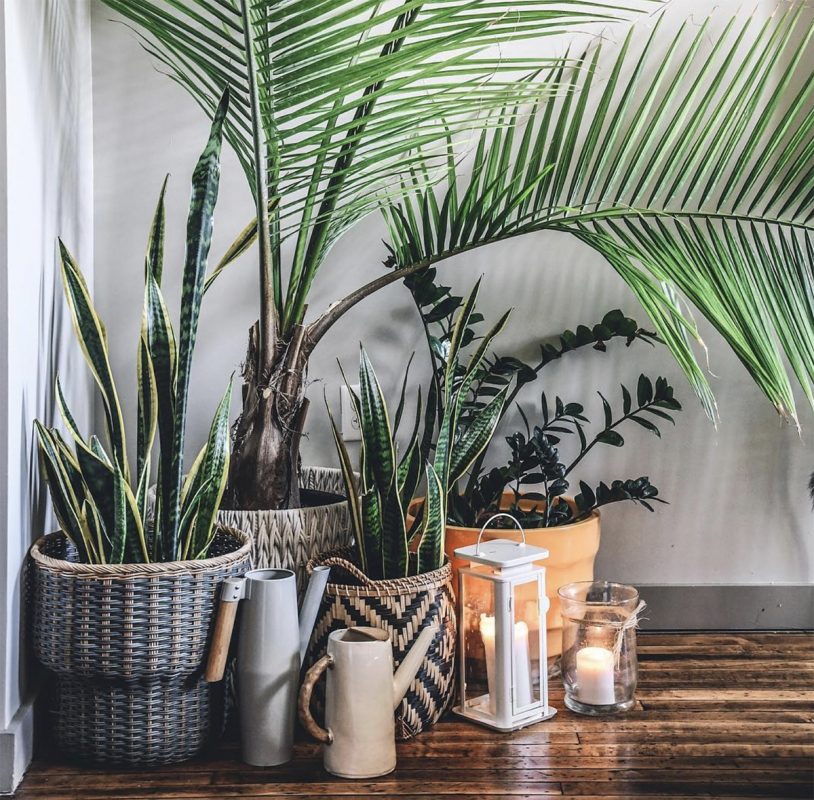
You know what they say: “April showers bring May flowers!” Whether we’re looking to restock our garden or beautify our window sill, this time of year has us feeling green. And you bet we’re heading to the closest garden centers to stock up on new plants. We sat down with Hilton Carter, go-to plant expert and author of Wild at Home, to make sure we’re set up for success this spring.
Lighting
According to Carter, the most critical aspect of being a plant parent is understanding the sunlight in your space. Always start with a little research. Your green thumb will depend on how much sunlight your specific type of plant needs, so note the level of light your room is able to let in and find the best plant for that amount.
Commitment
How much TLC can you devote to your plants? Plant neglect can be detrimental depending on the types of flora. Carter’s advice is to think of it like this: Are you a cat person or a dog person? More low-maintenance plants, such as succulents and snake plants, are more resilient than others, like ferns and air plants.
Water
There isn’t one simple, golden rule for watering. “It can vary,” Carter says. “It all depends on the type of plant and the size of the plant.” Small plants in bright light will dry up quickly and demand more frequent watering while larger plants in cool, shaded areas may take longer to dry out. A general tip is to wait until the top two inches of soil is completely dry before watering again.
Environment
While some plants are marketed as homebodies, you should always aim to keep them in as close to a natural environment as possible. Tropical plants need more light, water, and humidity. While cacti need cooler temperatures and drier air.
Potting
Always re-pot plants from the plastic garden center containers with fresh soil. Carter says to be mindful of the type of potting material. Terracotta clay pots are great for plants that like drier soil as the clay pulls out excess moisture. Plastic is ideal for plants that like their soil a little damper since the water will settle and take longer to dry out.
Bugs
A common side effect of keeping house plants are pesky bugs. Carter’s one fix is to stay on top of your plant, always checking for when a bug pops up, then wash it down with dish soap and a little rubbing alcohol. This should be repeated every few weeks or every time you water, depending on the severity of the outbreak.
Beginner Plants
Hilton recommends snake plants, ZZ plants, ponytail palms, or peace lilies for first-time plant parents. These are easier to keep and a bit more low-maintenance.
Where to Shop
There are many great local plant shops in Baltimore, but a more limited budget could steer you towards great plants at hardware store garden centers or local nurseries. Carter’s favorite spot is Valley View Farms in Cockeysville.
